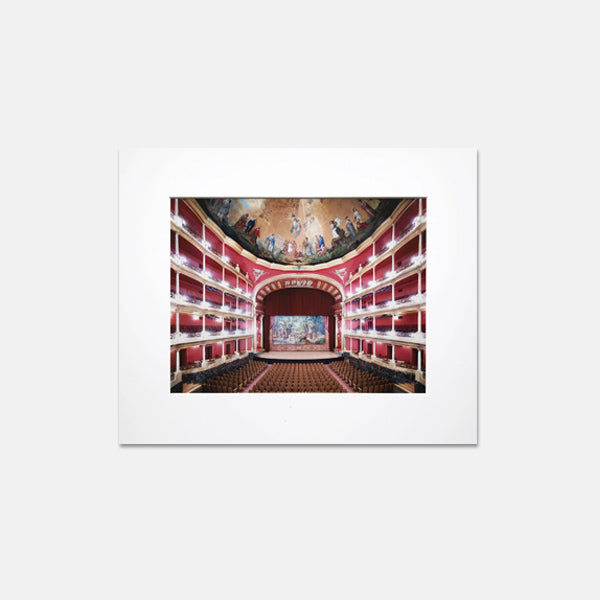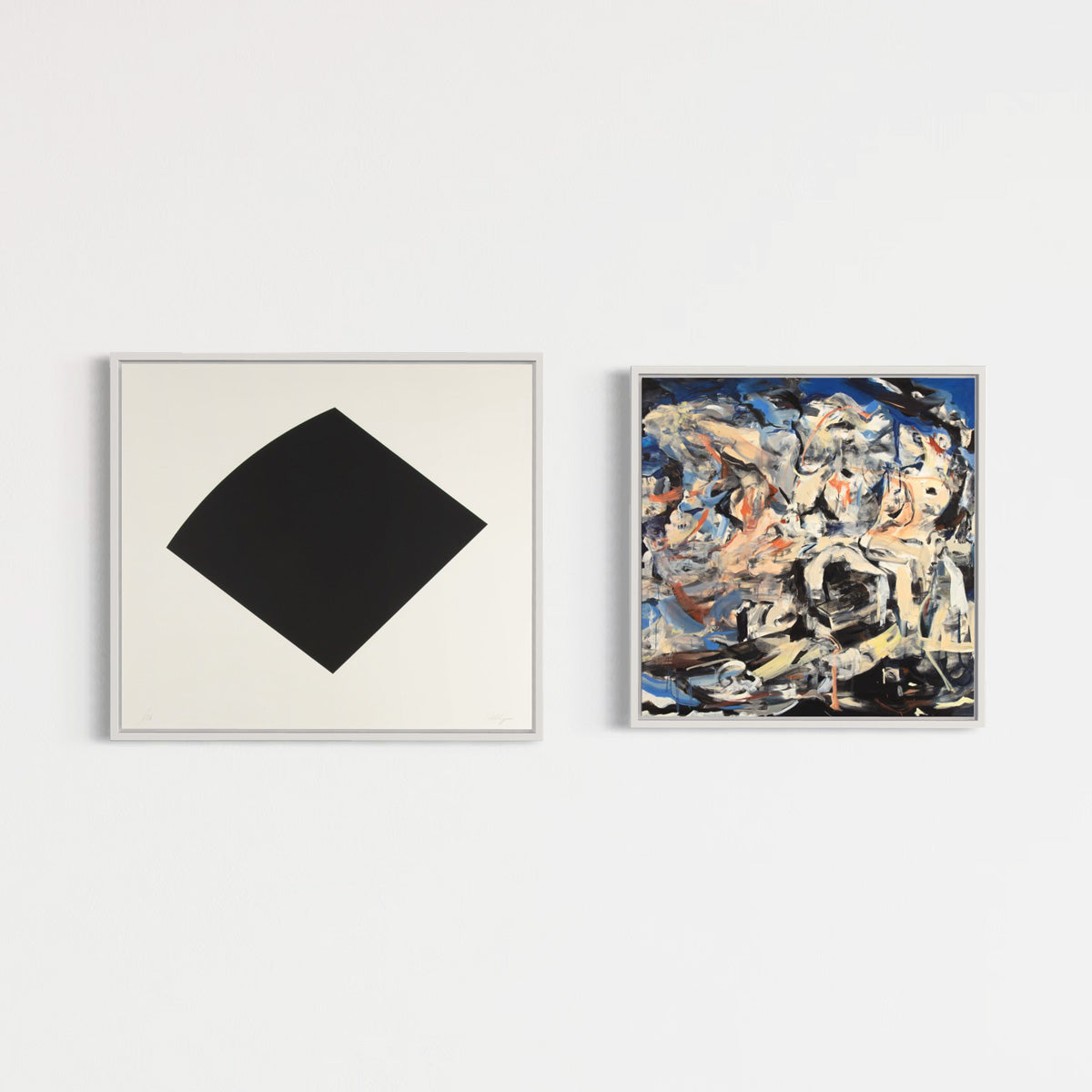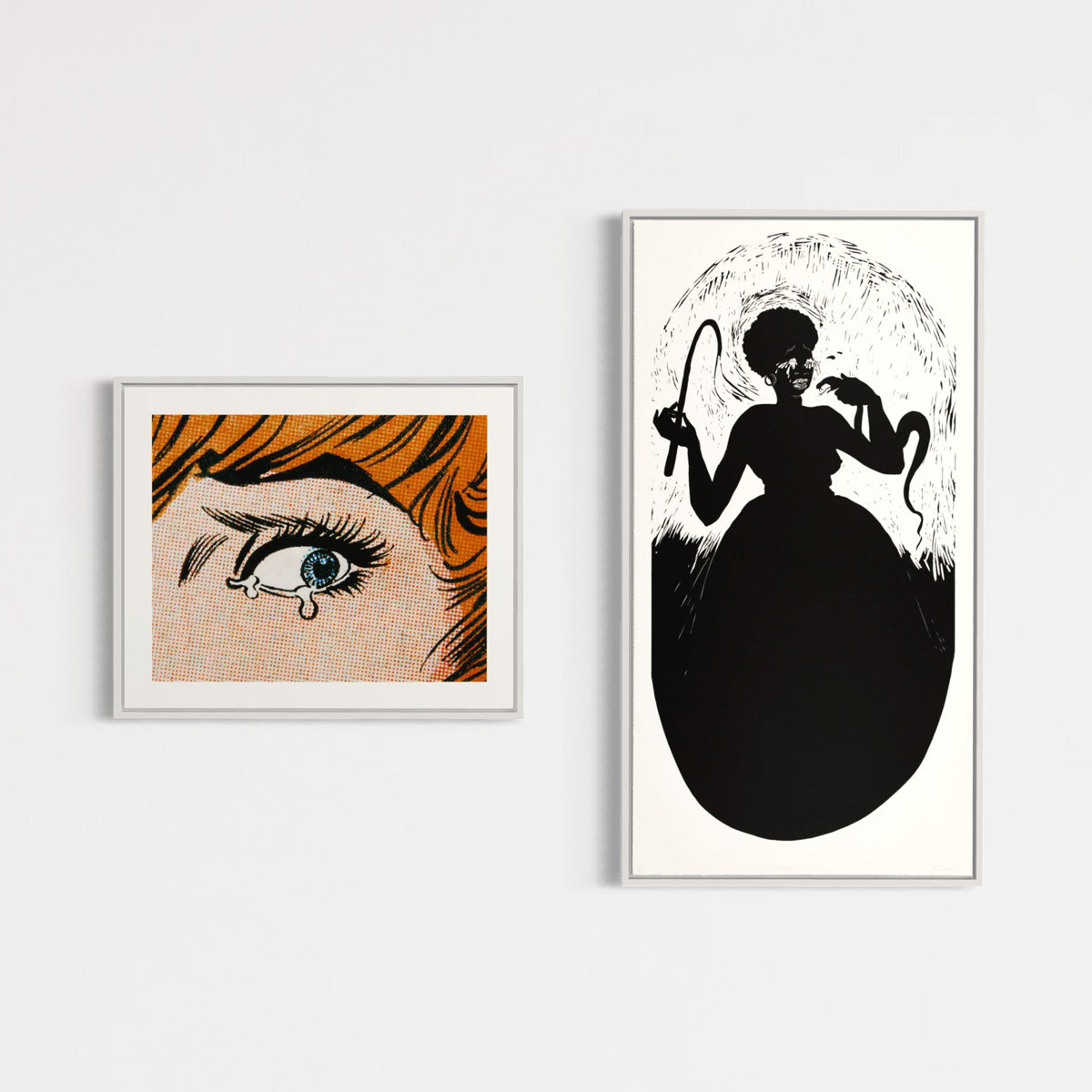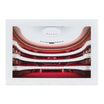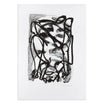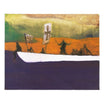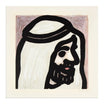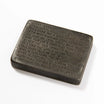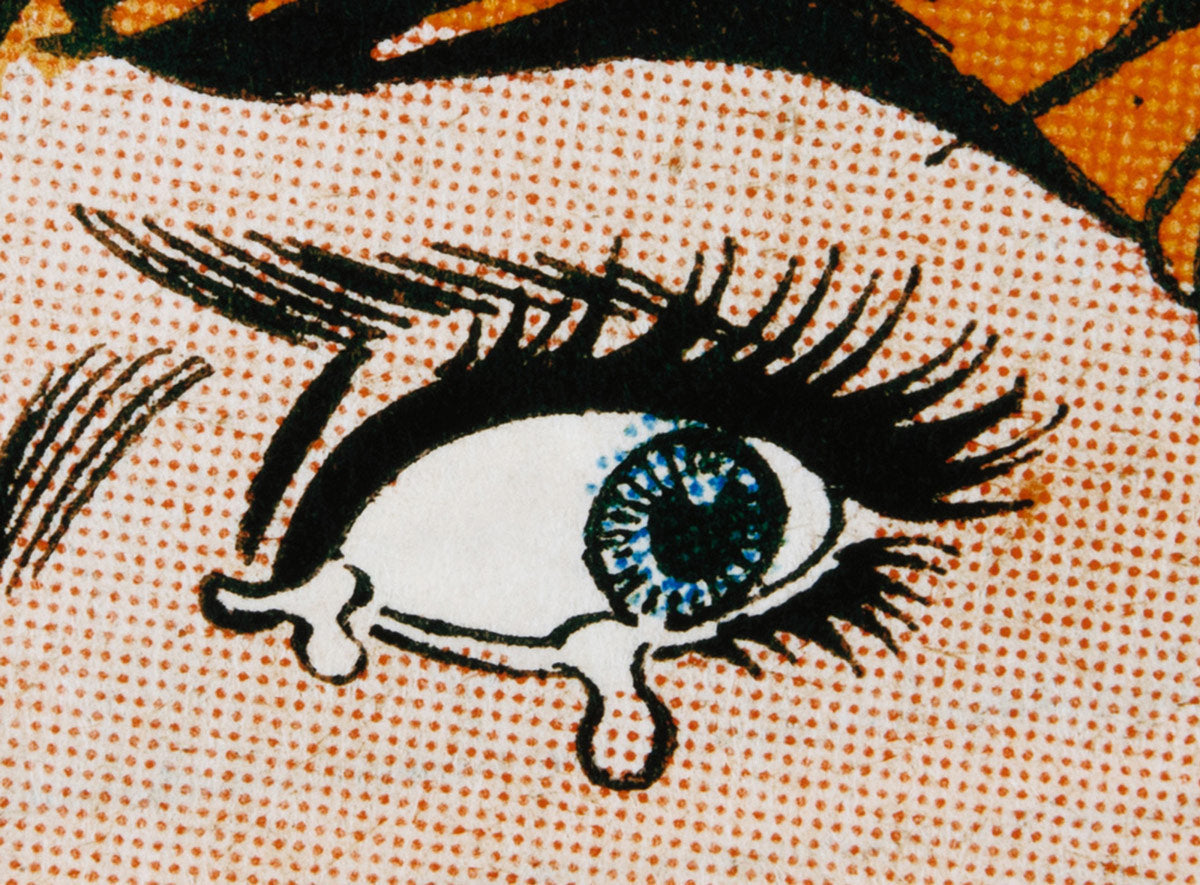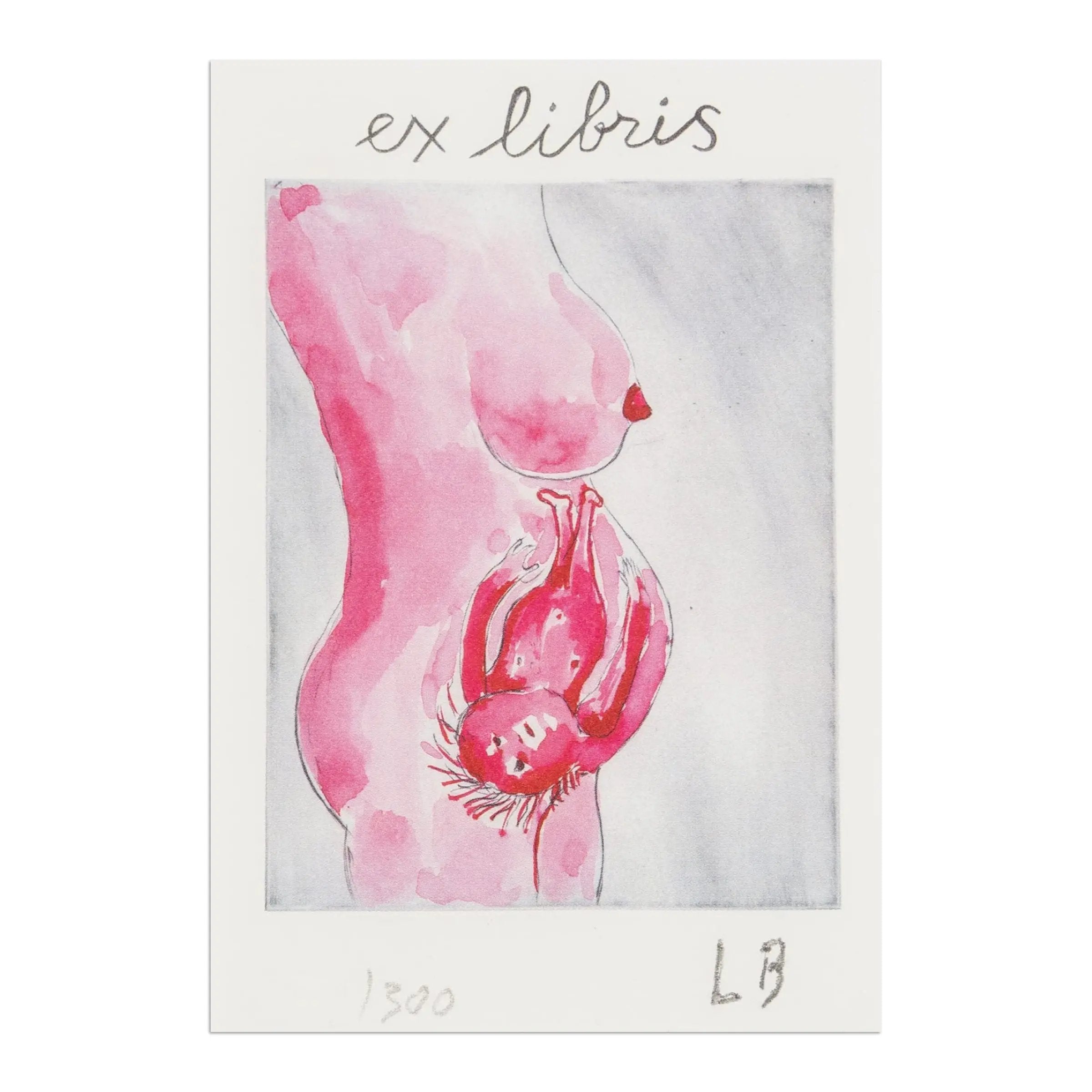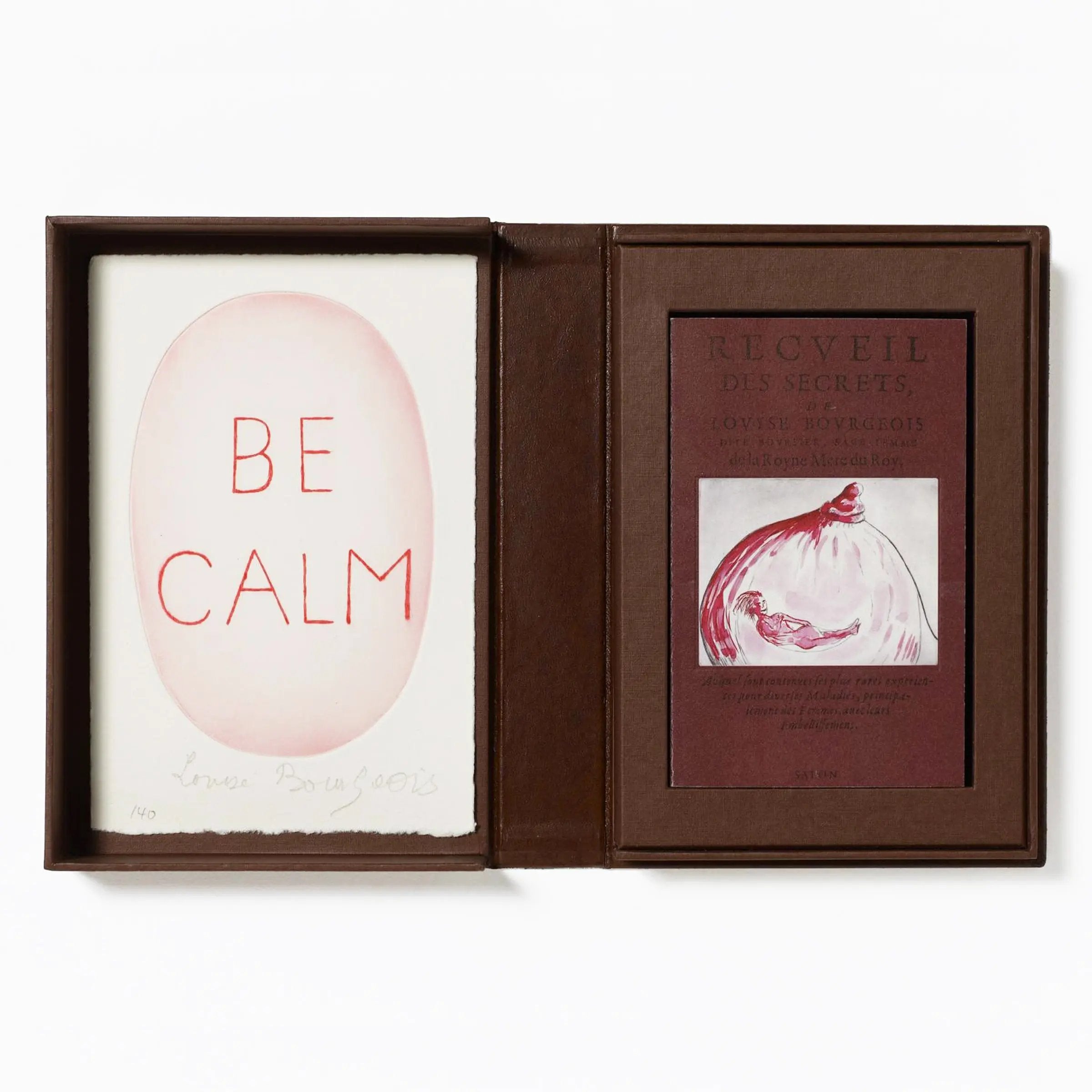About Louise Bourgeois
Louise Bourgeois (1911–2010) was a French-American artist whose seven-decade career left a lasting impact on modern and contemporary art. Best known for her large-scale sculpture and installation artworks, she also created paintings, drawings, and limited edition prints exploring family, sexuality, death, and the subconscious. Deeply autobiographical, her art confronted fear, anxiety, and the human condition.
Her iconic Maman sculptures—towering spider structures—symbolize motherhood’s strength and complexity. Other artworks, such as her Cells installations, create immersive environments that evoke themes of isolation, memory, and vulnerability. Using diverse materials like bronze, marble, latex, and fabric, she expressed contrasts between fragility and resilience.
In her fine art prints and paintings, Bourgeois explored organic, symbolic forms tied to the body, nature, and family. These limited editions reveal her emotional intensity and psychological insight. A key figure in feminist art, she challenged traditional ideas of gender and identity.
Recognized later in life, Bourgeois’ legacy lies in her innovation, emotional depth, and the enduring power of her art editions, sculptures, and prints to explore the pain and beauty of human experience.


